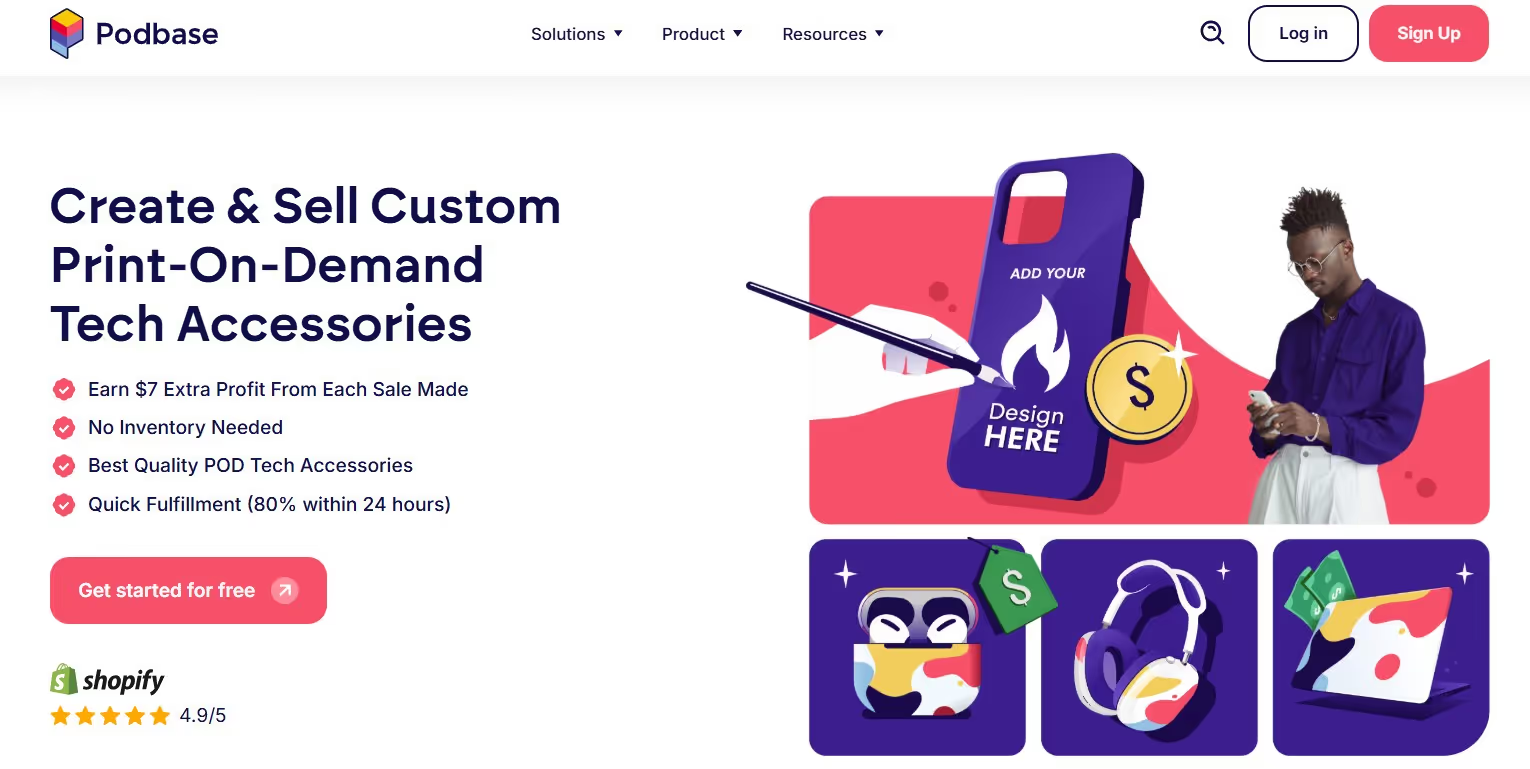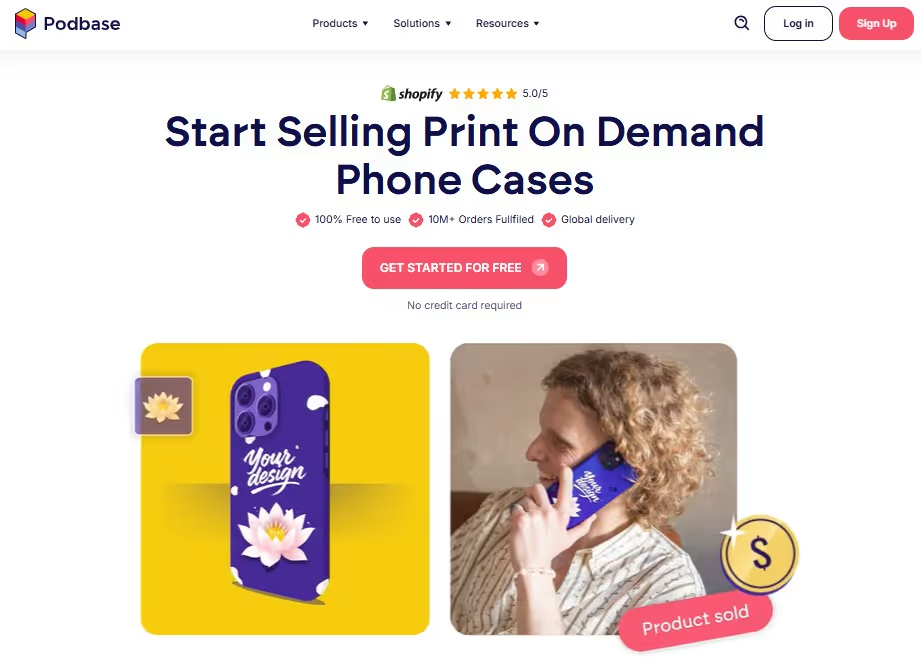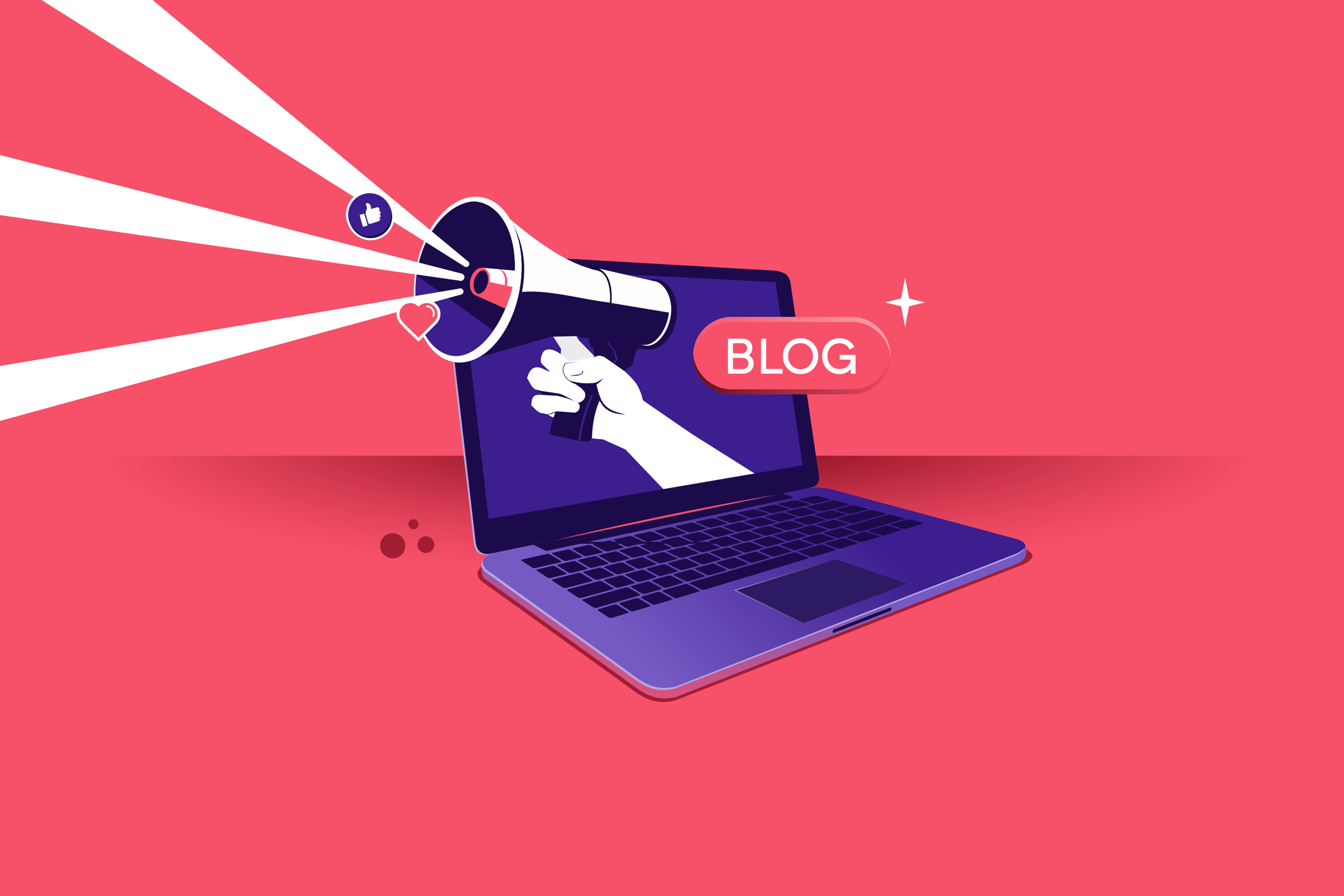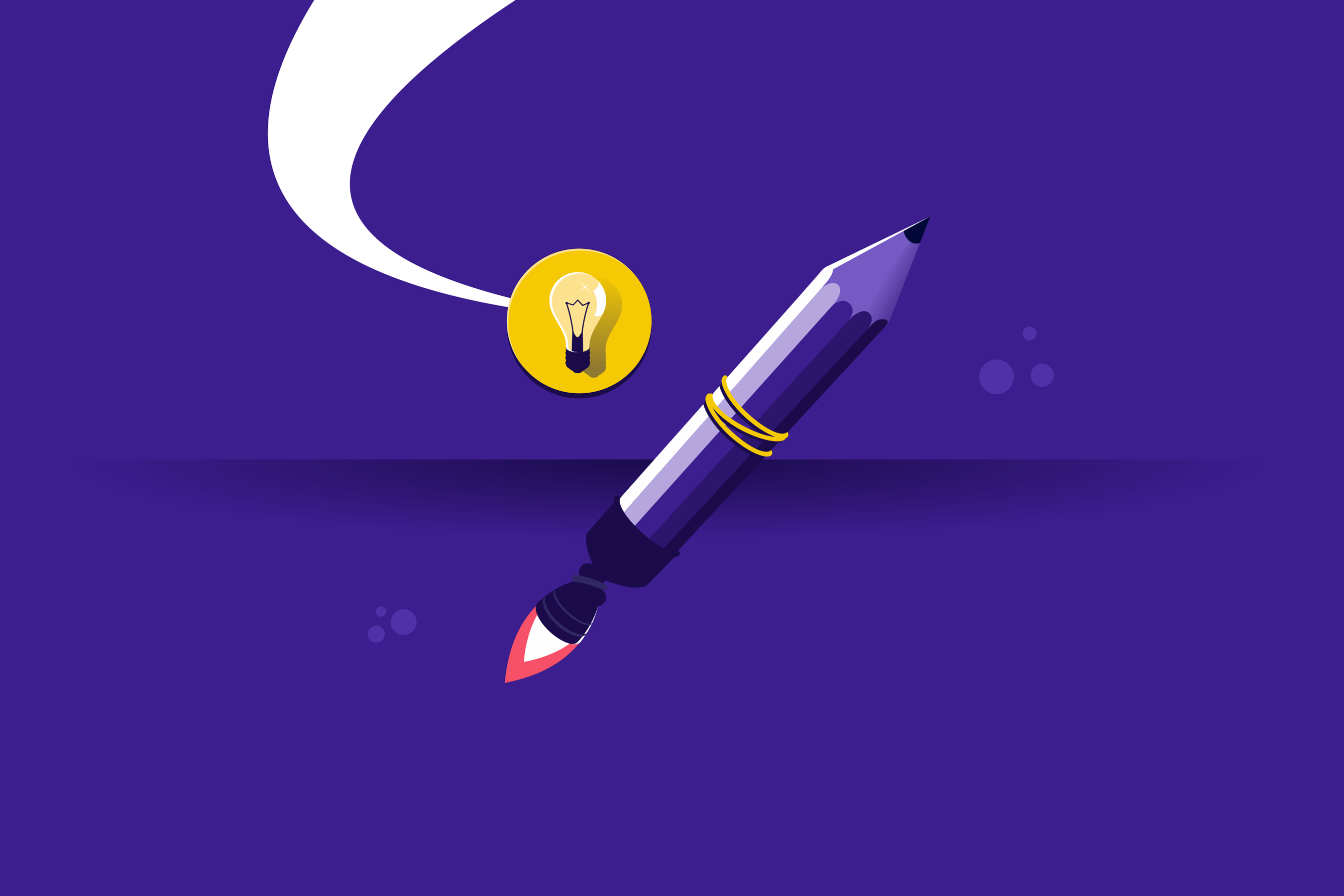Thinking about starting an online store? That's awesome! Many people struggle with the ecommerce business vs dropshipping business dilemma.
There isn’t one perfect answer for everyone, as each has its benefits. What works best depends on your goals, time, and budget.
Dropshipping is ideal if you want to start a low-cost business. But ecommerce is great for having more influence over your products and business processes.
In this post, we’ll compare dropshipping vs ecommerce to help you know how each works. By the end, you’ll learn which model makes the most sense for your goals in 2025.
What’s the Difference Between Ecommerce and Dropshipping?
Ecommerce and dropshipping both let you sell products online, but they work in different ways. Now, let’s help you understand the difference between ecommerce and dropshipping.
What Is Traditional Ecommerce?
Traditional ecommerce means you buy products first, store them, and ship them to customers. You handle everything - inventory, packing, shipping, and customer service.
It allows you to run the business your way. But it also means higher startup costs and more work each day.
What Is Dropshipping?
Dropshipping is a way to sell products without inventory. When someone buys from your store, a supplier ships the item to the customer.
You don’t need to buy products upfront or worry about storage. This makes it cheaper and easier to start, especially for beginners. But you can’t control shipping and product quality.
Is Dropshipping a Type of Ecommerce?
Dropshipping is a type of ecommerce because you still sell products online. The main ecommerce vs dropshipping difference is how orders are handled behind the scenes.
In dropshipping, suppliers have the goods and do the deliveries for you. But you’ll manage everything yourself in traditional ecommerce.
Also Read:
- What Is Automated Dropshipping? How to Streamline Your Ecommerce
- Best Businesses to Start With Less Money (AI & POD)
Startup Costs and Setup Comparison
Starting an online store costs money, but the business determines how much you need. We’ll compare dropshipping vs ecommerce to see which one is easier and cheaper to start in 2025.
Upfront Inventory Costs
Traditional ecommerce needs you to buy products before selling them. This means spending money on inventory, storage, and shipping supplies up front. If the products don’t sell, you could lose money.
In dropshipping, you only pay for products after a customer buys them. That’s why many beginners choose dropshipping. It has a lower risk and fewer costs.
Site Setup and Tools Required
When considering dropshipping vs ecommerce, both models need a website where people can shop. To build your site, you’ll need tools for design, payments, and product listings.
Here’s a list of common tools to help you get started:
- Canva: Great for making banners, logos, and social media posts.
- Shopify Payments: Built into the Shopify store; no extra setup needed.
- PayPal: Popular and trusted by customers worldwide for accepting payments.
- Spocket: Offers higher-quality dropshipping products from the US and EU.
Platforms You Can Use
You can run your store on platforms like:
- Shopify
- WooCommerce
- Podbase
Shopify and WooCommerce work for both dropshipping vs ecommerce. They offer themes, apps, and payment tools, but may need extra plugins to run smoothly.
Podbase is great for dropshipping if you want to sell custom print-on-demand products. It’s simple to use, even if you’re just starting out.

With Podbase, you don’t need to worry about storage, printing, or shipping. You design the product, and it handles the rest.
This makes it one of the best apps to make money with print-on-demand (POD). Start your store with Podbase today - no inventory, no hassles.
Also Read:
Profit Margins: Dropshipping vs Ecommerce
How much money you make depends on your costs and prices. Let’s compare dropshipping vs ecommerce to know which one is more profitable.
Pricing Control and Wholesale Costs
In traditional ecommerce, you buy products at wholesale prices and set your retail price. You also save more when buying in bulk, which lowers your cost per item.
In dropshipping, suppliers set the base cost, which may be higher than wholesale. However, you’ll still choose your selling price, and the dropshipping profit can be between 15-30%.
Fulfillment Fees and Supplier Margins
Dropshipping suppliers may charge more because they handle packing, shipping, and storing your products. These fulfillment fees are already built into the product cost. Some suppliers also charge extra for fast shipping or special packaging.
But in ecommerce, you handle shipping yourself, which gives you many options. You can choose cheaper shipping methods or negotiate better rates with carriers.
Although this is one of the benefits of ecommerce, managing shipping takes more time and effort. Still, ecommerce sellers could get better supplier margins than dropshippers. This means you’ll get more money from each sale.
Real Profit Scenarios (Side-by-Side)
Here’s a basic example of the difference between ecommerce and dropshipping in profits.
You can make money online with dropshipping and ecommerce. The difference is that ecommerce offers more profits if you manage costs well.
Risk and Scalability
When starting a business, you should be aware of the risks and prepare for them. Let’s compare dropshipping vs ecommerce to see which one is safer and grows better over time.
Managing Stock vs On-Demand Fulfillment
In traditional ecommerce, you must buy and store products before you sell them. You risk losing money if those items don’t sell or get damaged in storage. It also takes time to pack and ship each order yourself or pay someone else to do it.
With dropshipping, you don’t keep any stock. The supplier takes care of the storage and shipping. This reduces risk because you only pay after a customer orders.
Now, remember you're relying on suppliers. If products are out of stock, you might lose sales or upset customers. Still, for beginners, the benefits of dropshipping are less risk and ease of management.
Branding and Customer Experience
Branding is easier with ecommerce because you control packaging, inserts, and the shopping experience. You can use custom boxes and add thank-you cards. This helps your business look professional and builds trust with customers.

In dropshipping, some suppliers may ship the products in plain packaging, with no personal touch. You have less influence over how the product looks when it arrives. Also, late or incorrect deliveries can hurt your brand’s reputation.
However, dropshipping platforms like Podbase offer white labeling options. This means the package will have your details, such as business name and logo.
Long-Term Growth and Automation Potential
When weighing dropshipping vs ecommerce, both businesses can grow over time. Ecommerce takes more work at the start, but it can grow fast with the right tools. You can automate shipping, track inventory, and make key business decisions.
Dropshipping can also take time to grow. But it may be faster if you choose a profitable niche like apparel or tech accessories. You can also automate many tasks like product imports, emails, and order tracking.
Also Read:
- What Can I Sell to Make Money Online? Top Categories
- Choosing the Best Ecommerce Platform for Businesses
- Top 10 Ecommerce Statistics You Must Know in 2025
Why Print-on-Demand Might Be the Best Hybrid
A print-on-demand business combines the best of dropshipping vs ecommerce.
It’s low-risk, easy to start, and great for selling without holding stock.
No Inventory or Warehousing
With print-on-demand, you don’t need to buy or store products in advance. The items are made only after someone places an order. This saves money and removes the stress of managing inventory or warehouse space.
Custom Products Like Phone Cases or Earbuds
The business allows you to sell unique items with your designs. You can offer things like custom phone cases, pod airpod cases, or shirts. These products stand out and help build a brand that feels personal and creative.

Print-on-Demand for Ecommerce Beginners
Print-on-demand is perfect for beginners because it’s simple and has low startup costs. You don’t need special skills; your phone and the internet are enough.
Also, platforms like Podbase make it easy to design, sell, and ship your products.
How to Choose the Right Model for Your Business
Your choice between dropshipping vs ecommerce depends on different factors. Each business type has strengths, so think about what fits best with your skills and plans.
You should compare the pros and cons of ecommerce with the pros and cons of dropshipping to make the choice. Don’t want to make the effort? Here are some easy ways to help you choose.
Beginner? Try Dropshipping or POD
You can start dropshipping and print-on-demand with little money or experience. You don’t need to store products or ship orders yourself. They’re great if you don’t have a large capital or want to test ideas before going bigger.
Want Control and Higher Margins? Go Traditional
In traditional ecommerce, you can determine products, pricing, and customer experience. You’ll also earn more per sale, but it takes more work and money to manage. It works best if you're ready to invest and build a strong brand.
Blend Both Models for a Hybrid Strategy
Some sellers mix dropshipping, POD, and ecommerce for flexibility and profit. You can test products with POD, then switch to bulk buying once sales grow. We’ve compared dropshipping vs ecommerce vs POD so you can make your choice:
Also Read:
Conclusion
Dropshipping vs ecommerce: Which is better? It depends on what matters most for your business.
If you want low risk and an easy setup, Podbase is a great option for dropshipping or POD. You can also connect Podbase to your ecommerce store to sell custom products without holding inventory.
Start small, test your ideas, and grow at your own pace - Podbase helps you do it all.









